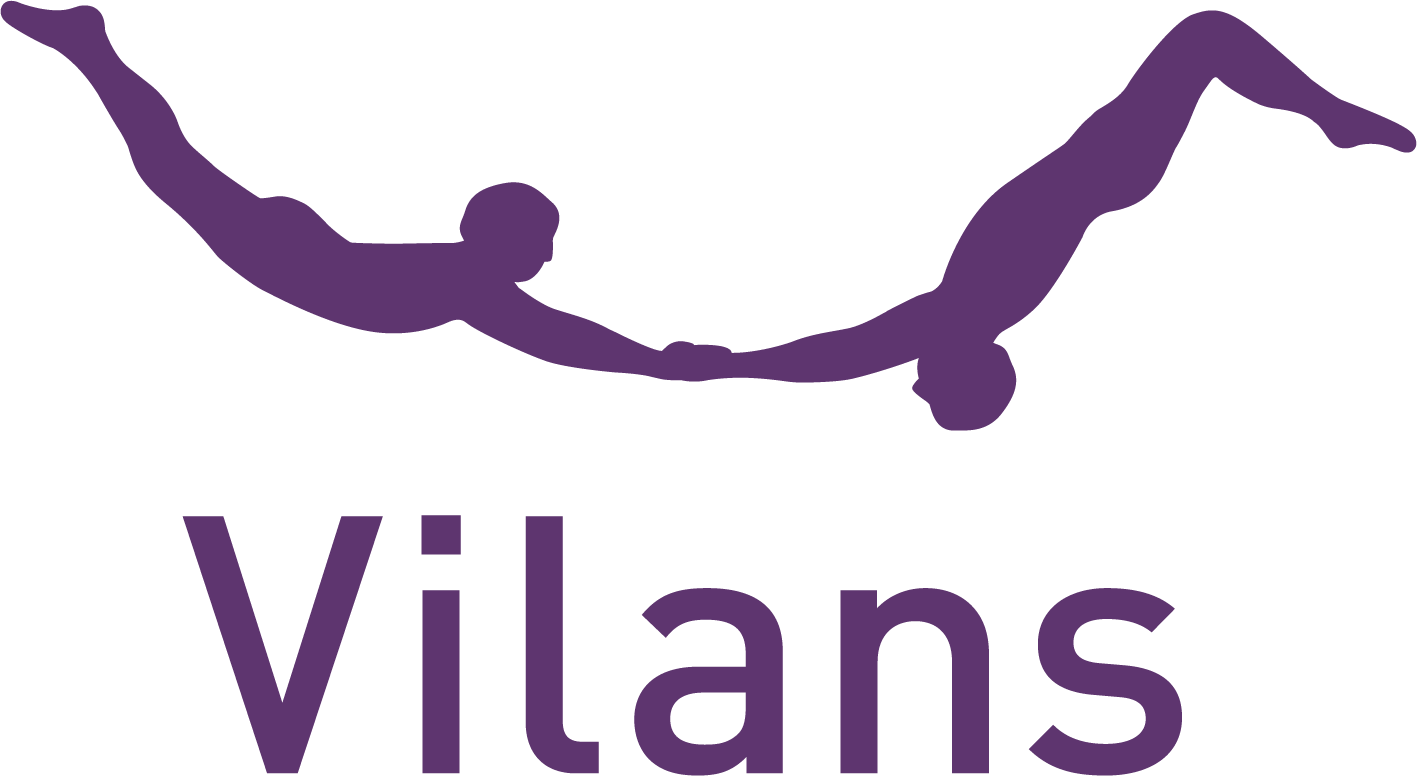Open-door policy for people with dementia closer with ‘Living Circles’
Published on: 01-05-2023
Dutch broadcaster RTL News reports, Nursing homes are struggling with the introduction of the open-door policy. They say that Staff and administrators at the facilities are often afraid that residents will get lost outside if the facility’s doors remain open. A technological solution that creates ‘dynamic living circles’ can eliminate much of this fear.
The open-door policy falls under the Care and Coercion Act (Wzd), which has been in effect in the Netherlands since January 1, 2020. The law aims to protect people with mental disabilities and people with psychogeriatric conditions, such as dementia, from receiving involuntary healthcare. However, three years after its introduction, many nursing homes are still not operating with an open-door policy. The Healthcare and Youth Inspectorate (IGJ) does not have exact figures on how many institutions have not yet implemented the new policy. And, according to RTL News, many administrators, family members and care workers find it daunting and are afraid that people will run away and get lost.
Dynamic living circles
Digital Care Expert, Henk Herman Nap says, “The technological solution of a ‘dynamic living circle’ can remove some of this fear. A resident carries a tag with them which ‘customises’ his range of movement. Some doors open for the resident, while others remain closed.”
The starting point is to make the living space, in which the resident can move freely, as large as possible. The size of this living space, or “living circle,” is person-specific and can be adjusted. The use of this care technology noticeably reduces restlessness among residents. Living circles also increase the safety of residents and their environment and prevent residents from wandering.
Testing
The Living Circles programme is part of the European FreeWalker project, which seeks to increase the freedom of movement and self-reliance of people with dementia, in their own home as well as a nursing home. Vilans is working with Dutch and European partners on flexible and practical deployment of living circles because there can still be problems with this technology. For example, with living circles that have a broader range, it sometimes happens that a resident with a tag might stand in front of a door and block it. Other residents and visitors – without a tag – are then unable to get in and out. Therefore, we are always looking for ways to entertain residents with a tag, so that their tendency to wander or want to pass the exit decreases. Some residents find the tag – a wristband – annoying and break it. One alternative then, is to place the tag in a shoe.
We are actively testing the technology of the living circles to improve their deployment.
- Read more on FreeWalker
- Read the article by RTL News(in Dutch): Verpleeghuizen voor mensen met dementie worstelen met opendeurenbeleid







